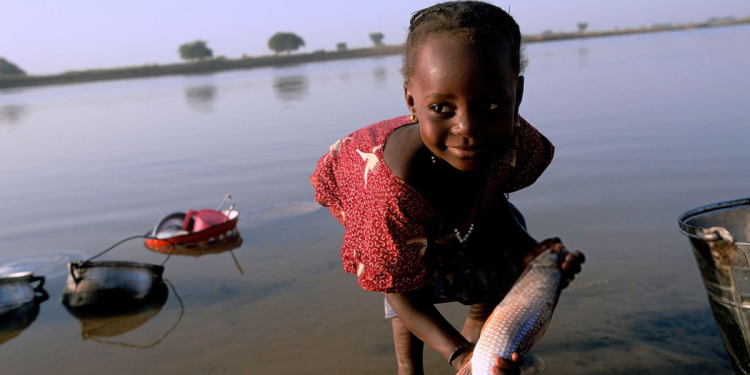The World Health Organization (WHO) congratulates Niger for having met the elimination criteria of onchocochons, which makes it the fifth country in the world and the first country in Africa to be recognized by the WHO To interrupt the transmission of the parasite Volvulus onchocerca.
The elimination of a disease is a significant achievement that requires tireless dedication, “said Dr. Tedros Adhanom Ghebreyesus, Managing Director. “I congratulate Niger for its commitment to release its population from this blinding and stigmatizing disease which causes so many human suffering among the poorest. This success is another testimony to the remarkable progress that we have made against neglected tropical diseases and offers hope to other nations which still fight against oncochocercins, demonstrating that elimination is possible. »»
Onchocercois, commonly known as the river blindness, is a parasitic disease and is the second infectious cause of blindness in the world, after trachoma. It is transmitted to humans through the bites of infectious black flies, mainly found in river areas. The disease mainly affects rural populations in sub -Saharan Africa and Yemen, with smaller endemic areas found in parts of Latin America.
Efforts and partnerships led by the effective country
Between 1976 and 1989, under the aegis of the OMS onchocercosis control program in West Africa (OCP), Niger has undertaken vectors’ control measures by spraying insecticides that have considerably decreased the Onchococecois transmission levels. After the donation of the ivermectin by Merck, Sharpe and Dohme (MSD), the areas still affected by the lymphatic filariase (LF) underwent mass administration (MDA) with ivermectin and albendazole from 2008 to 2008 2019, followed by surveillance. Since the ivermectin is effective against both diseases and the areas targeted for MDA LF were also endemic to onchocerciasis, this intervention also contributed to the interruption of the transmission of the transmission of the Volvulus onchocerca parasite.
Niger began preliminary assessments on the interruption of onchocerciasis transmission in 2014 after stopping the MDA of the LF in most regions. This was followed by entomological and epidemiological surveys which revealed that the combination of medicine and the control of the vectors had managed to eliminate the transmission of onchocecoise, as evidenced by the reduction in the prevalence of around 60% to 0 , 02%.
In addition to the control interventions for vectors and drugs given by MSD, a key factor contributing to the success of Niger is the partnership between the Nigerian government, WHO and non -governmental organizations, which has helped to mobilize resources and support technical. Continuous monitoring of the prevalence of the disease and its impact made it possible to adjust in a timely time of strategies and ensured the effectiveness of interventions.
“Onchocercines has long caused immense human sufferings. It has also hampered the economic development of the affected communities, moving away people from the rivers, which are often living lines of livelihoods, “said Dr. Matshidiso Moeti, regional WHO director for Africa. “The success of Niger puts an end to this burden for its people. It also positions Niger as a model for the elimination of neglected tropical diseases in Africa. The country had previously demonstrated its leadership in public health, by eliminating Guinea’s worm disease in 2013. Today, it takes another historic step. »»
Global progress
Globally, 54 countries have eliminated at least a neglected tropical disease.
Niger joins four other countries which have been verified by the WHO to eliminate onchocercois, all in the Americas region: Colombia (2013), Ecuador (2014), Guatemala (2016) and Mexico (2015).
In the WHO African region, 21 countries have eliminated at least a neglected tropical disease. Onchocercases is the second neglected tropical disease eliminated in Niger: the country was certified without draconculiasis (Guinea ver-ver disease) in 2013.


